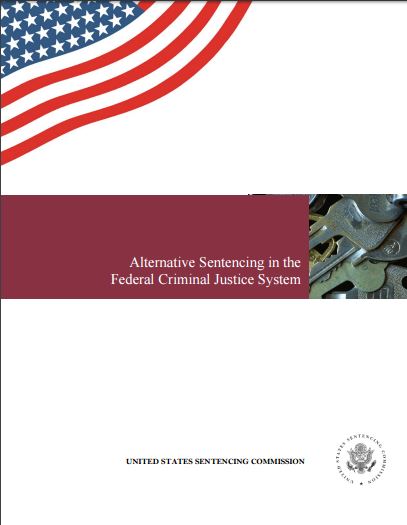Summary

Key Findings
The key findings of the Commission’s study are:
- The predominance of prison sentences has been consistent and has been accompanied by slightly increasing rates over the past ten years.
- Offenders convicted of fraud and other white collar offenses, while still primarily sentenced to prison, also more often are sentenced to alternatives; approximately one-third of fraud and white collar offenders are sentenced to prison alternatives.
- Nearly equal proportions of White (38.7%) and Black (37.6%) United States citizen offenders are sentenced to prison.
- Specifically, guideline offense level and Criminal History Category, alone or in combination, are the principal factors determining whether an offender receives an alternative sentence.
- Offenders with higher levels of education are more likely than less educated offenders to be sentenced to alternatives.
- The more serious conduct of firearms and immigration offenders, as indicated by guideline factors, is associated with their lower rates of alternative sentences.
- Drug offenders eligible for alternative sentences receive those alternatives at a relatively high rate (65.3%).
- The overwhelming majority (95.4%) of offenders eligible for alternative sentences receive offense level decreases for acceptance and, among those, 69.3 percent are sentenced to available alternatives.
- Effective alternative sanctions are important options for federal, state, and local criminal justice systems. For the appropriate offenders, alternatives to incarceration can provide a substitute for costly incarceration.
